20 Biggest Box Office Failures That Became Beloved Classics
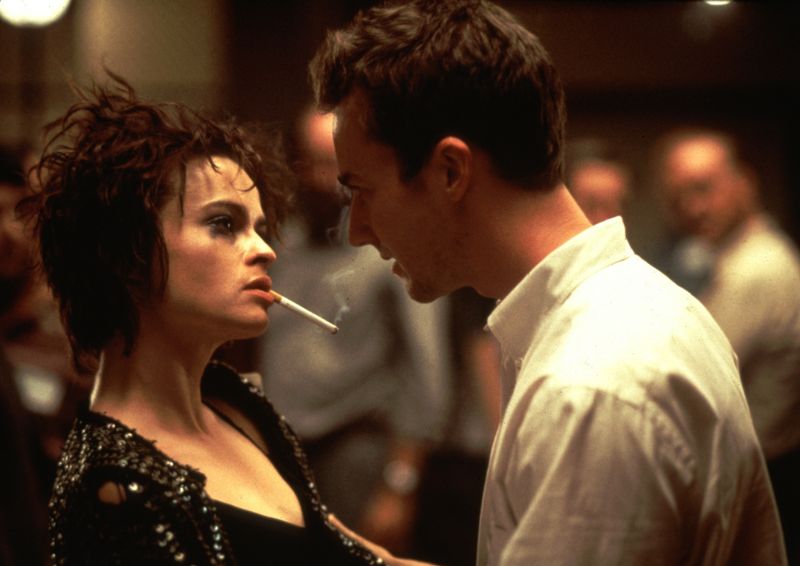
Hollywood’s history is filled with movies that bombed so hard on release, they almost took careers down with them. Yet, somehow, time (and a little nostalgia) turned these box office misfires into cultural cornerstones. They went from collecting dust on shelves to dominating “Best Movies Ever” lists, proving that initial failure doesn’t always mean artistic defeat.
1. The Shawshank Redemption (1994)

Few films had a rougher start than The Shawshank Redemption. Despite strong reviews, it struggled to find an audience in theaters and barely made back its budget. Released in a year dominated by Pulp Fiction and Forrest Gump, it didn’t stand a chance at the box office.
But word-of-mouth changed everything. Once it hit VHS and cable TV, the story of Andy and Red found a devoted following that grew year after year. Its message of hope and perseverance resonated deeply with audiences.
Today, Shawshank sits at the top of IMDb’s “greatest movies of all time” list and is often cited as a perfect film. Not bad for a movie that barely anyone saw in theaters back in ‘94.
2. Fight Club (1999)
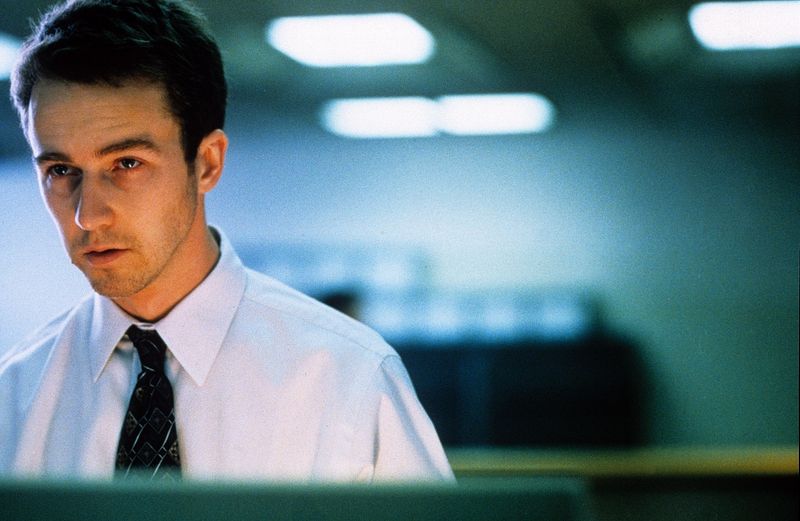
When Fight Club debuted, it confused critics and alienated mainstream audiences. Viewers didn’t quite know what to make of its violent chaos, anti-consumerist message, and dark humor. The studio expected a hit—and instead got a financial disappointment.
Then came DVD. Once people started watching it at home, its subversive themes found the audience it always deserved. Suddenly, quotes like “The first rule of Fight Club…” became part of pop culture history.
Two decades later, Fight Club isn’t just a movie—it’s a cultural touchstone. It’s studied in film classes, referenced in ads, and loved by anyone who appreciates stories that challenge the system.
3. Blade Runner (1982)

Ridley Scott’s Blade Runner was too strange, too dark, and too slow for audiences of the early ’80s. Competing with popcorn hits like E.T., it bombed financially and left critics divided.
Over time, though, its haunting visuals, philosophical depth, and futuristic aesthetic began influencing everything from music videos to major sci-fi blockbusters. Fans embraced it as a misunderstood masterpiece.
Now considered one of the most important science fiction films ever made, Blade Runner helped redefine how we think about technology, humanity, and what it means to be “real.” Talk about a glow-up.
4. The Big Lebowski (1998)
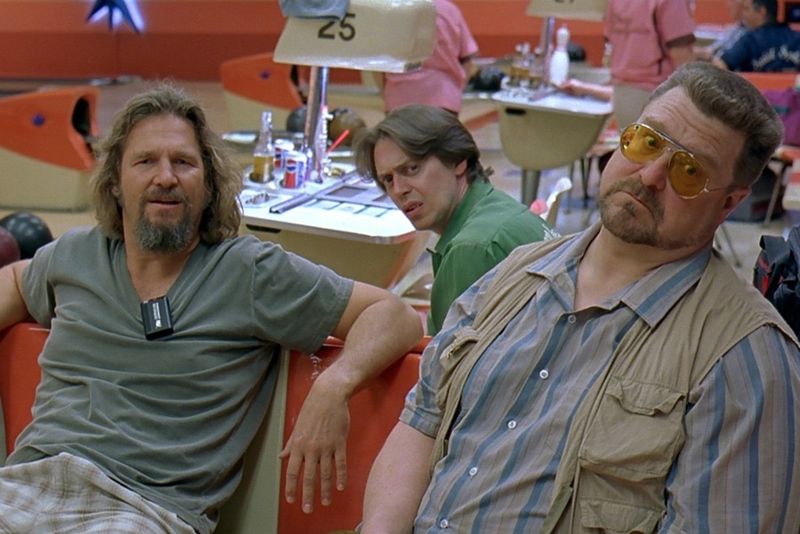
Audiences didn’t quite “abide” by The Big Lebowski when it first came out. Critics were puzzled, box office numbers were low, and the Coen brothers’ quirky comedy seemed destined for obscurity.
But fans slowly started quoting lines, dressing up as The Dude, and hosting themed parties. Before long, Lebowski turned into a full-blown cult phenomenon complete with conventions and a religion (yes, Dudeism is real).
Today, the movie is a beloved classic, celebrated for its eccentric humor and endless quotable moments. It’s proof that sometimes the strangest movies just need time to find their people.
5. Donnie Darko (2001)
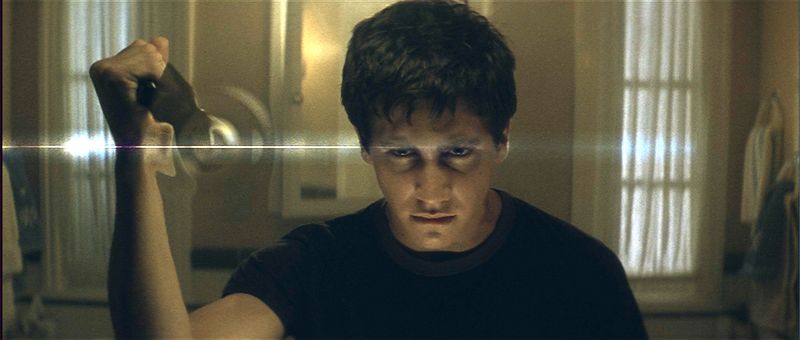
Released just after 9/11, Donnie Darko couldn’t have come at a worse time. Its mix of time travel, teenage angst, and dark humor confused audiences and scared away distributors.
Then came the home video boom. Once viewers got a second look, they realized how ahead of its time the movie was. Jake Gyllenhaal’s performance, the eerie soundtrack, and that creepy bunny mask all became instant cult icons.
Now Donnie Darko is considered one of the best indie films ever made, with fans still debating its meaning decades later. It’s a perfect example of a movie that was misunderstood before its moment arrived.
6. Office Space (1999)

Nobody expected Office Space to tank—but it did. The workplace comedy barely made a dent in theaters and was dismissed by critics as too niche.
Once DVDs hit cubicles everywhere, it exploded in popularity. Workers connected instantly with its deadpan humor and painfully accurate take on corporate life. “That’d be great” became the unofficial slogan for office frustration everywhere.
Today, Office Space is a workplace comedy legend. It’s the ultimate movie for anyone who’s ever wanted to take a baseball bat to a printer.
7. The Thing (1982)

John Carpenter’s The Thing had the misfortune of releasing just weeks after E.T.—and audiences weren’t looking for alien horror after Spielberg’s lovable alien. The film was brutal, bleak, and completely misunderstood.
As time went on, horror fans re-evaluated it. The groundbreaking effects, paranoia-fueled tension, and bleak ending turned it into a cult favorite. Critics who once panned it now hail it as a masterpiece.
Today, The Thing stands as one of the best horror films ever made, influencing generations of directors and redefining the genre. Not bad for a movie that was once labeled “disgusting.”
8. Scott Pilgrim vs. The World (2010)
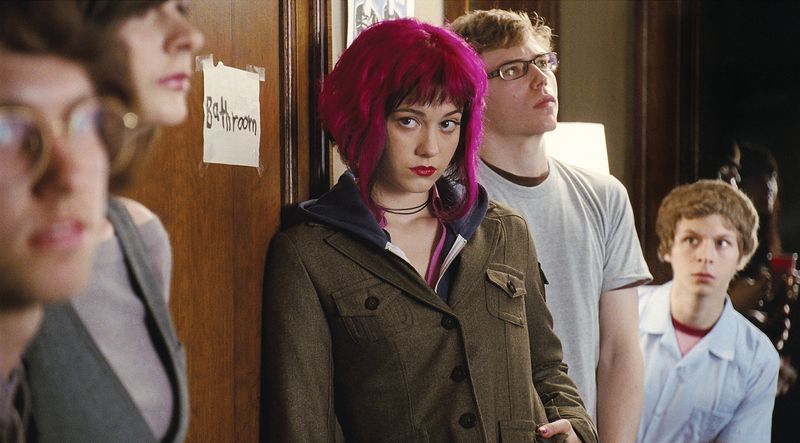
Despite its flashy visuals and all-star cast, Scott Pilgrim vs. The World bombed hard. It didn’t connect with general audiences, and its box office numbers reflected that disappointment.
But when it hit streaming, its unique style and clever video game-inspired storytelling found their audience. Millennials and Gen Z embraced it as a quirky, visually stunning cult gem.
Now, Scott Pilgrim is celebrated for its creativity, humor, and heart. It’s even spawned video games, comic rereleases, and an animated series—proof that some movies just need time to level up.
9. Heathers (1989)
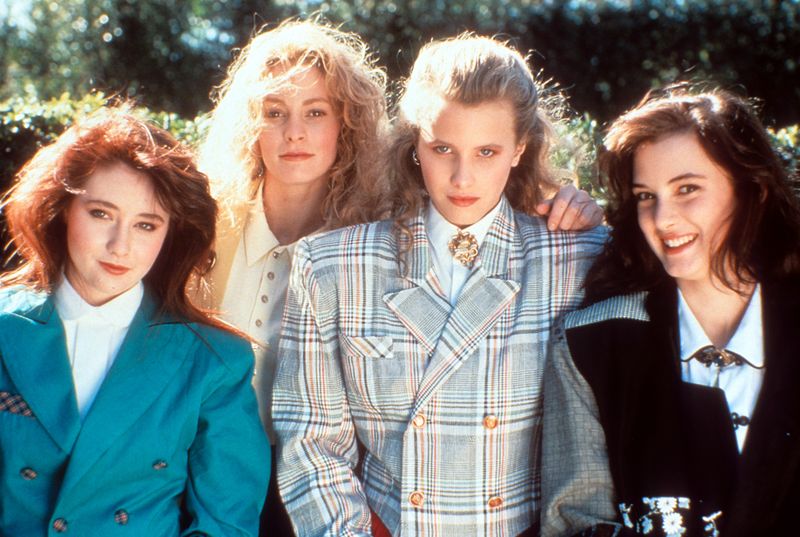
At the time of its release, Heathers was too dark for mainstream audiences. A satirical teen comedy about murder and high school politics didn’t exactly scream “box office hit.”
Over time, though, its razor-sharp humor and iconic one-liners (“What’s your damage?”) gained cult status. Fans embraced it as the anti–Breakfast Club—edgy, stylish, and ahead of its time.
Today, Heathers is considered one of the defining teen movies of the ’80s, inspiring everything from TV shows to Broadway musicals. Not bad for a film that nearly vanished after release.
10. Children of Men (2006)
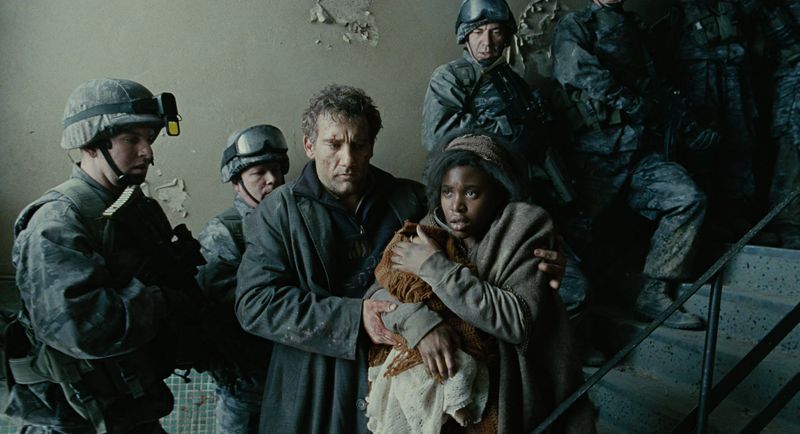
Despite critical acclaim, Children of Men struggled financially. Audiences weren’t quite ready for such a grim, realistic vision of the future.
Years later, viewers rediscovered it and were stunned by its visionary filmmaking. Alfonso Cuarón’s long-take sequences and social commentary feel even more relevant today than they did then.
Now hailed as one of the best dystopian films ever made, Children of Men proves that box office numbers can’t measure brilliance—or lasting impact.
11. The Iron Giant (1999)
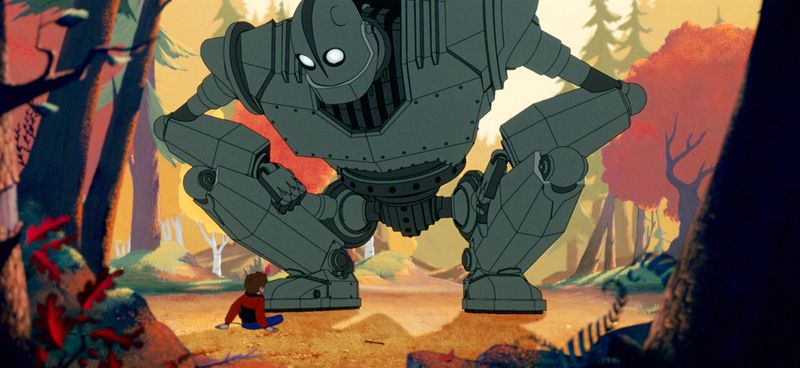
Audiences didn’t know what to make of The Iron Giant when it first hit theaters. Warner Bros. didn’t market it properly, and the movie quietly disappeared from cinemas without making its money back.
But those who did see it couldn’t stop talking about its heart, humor, and stunning animation. Word spread, and soon, The Iron Giant found its audience through home video and TV reruns.
Now, it’s considered one of the greatest animated films ever made—a touching story about friendship, fear, and identity. What started as a box office flop became a modern classic that still brings audiences to tears.
12. The Rocky Horror Picture Show (1975)
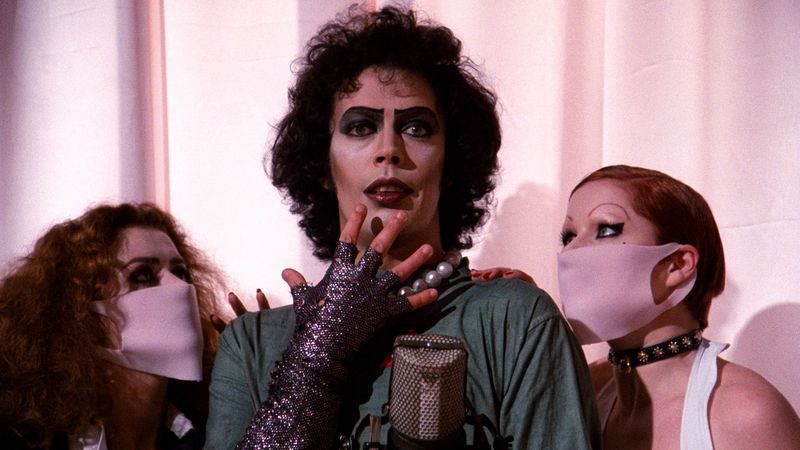
This movie was an absolute disaster when it premiered. Critics hated it, audiences walked out, and it seemed doomed to fade into obscurity.
Then something magical happened—fans started dressing up, quoting the dialogue, and watching it at midnight screenings. What began as a flop turned into a cultural revolution.
Today, The Rocky Horror Picture Show is the longest-running theatrical release in history. It didn’t just find an audience—it built a community that still shouts “Let’s do the Time Warp again!” decades later.
13. It’s a Wonderful Life (1946)
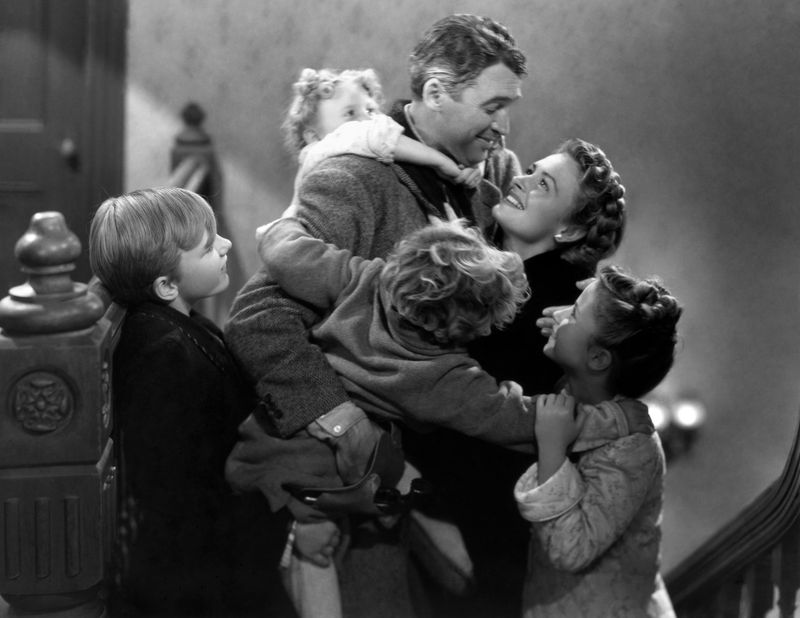
Believe it or not, this Christmas staple was a total disappointment when it first came out. It barely made back its production costs and was considered a financial failure.
Over the years, TV reruns transformed it into the beloved holiday tradition we know today. Families connected with its message about kindness, redemption, and the value of a single life.
Now, it’s impossible to imagine the holiday season without George Bailey and his guardian angel. What was once a flop is now the very definition of a timeless classic.
14. Willy Wonka & the Chocolate Factory (1971)
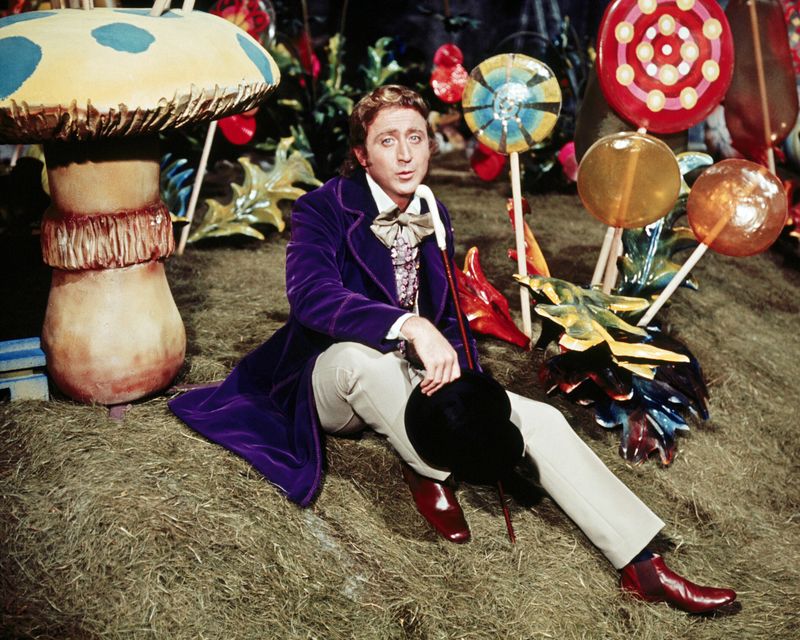
When Willy Wonka premiered, critics were divided and ticket sales were unimpressive. Parents found it too dark, kids found it too weird, and the studio moved on.
But television airings in the ’80s and ’90s turned it into a household favorite. Gene Wilder’s performance as the eccentric chocolatier became iconic, and the film’s quirky songs became instant nostalgia triggers.
Decades later, Willy Wonka & the Chocolate Factory is a childhood classic that’s been remade, quoted endlessly, and loved by multiple generations. Sweet revenge, indeed.
15. Hocus Pocus (1993)
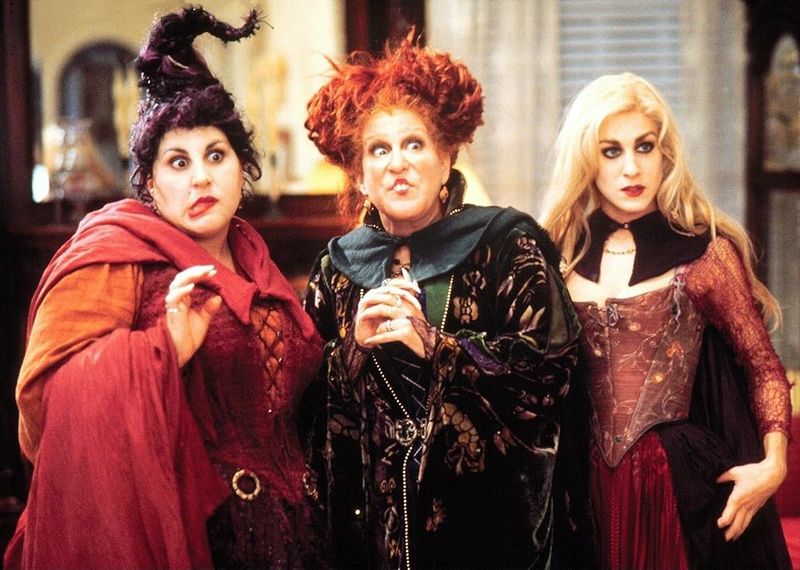
When Disney released Hocus Pocus, it barely made a splash. Critics panned it, and audiences didn’t bother showing up—especially since it was oddly released in July.
But reruns changed everything. Once it started airing every Halloween, families fell in love with its campy humor, catchy songs, and delightfully wicked witches.
Today, it’s one of the most-watched Halloween movies of all time, with a massive cult following and even a sequel. It’s proof that spooky fun never truly dies.
16. Clue (1985)

A murder mystery based on a board game didn’t sound like a recipe for success—and for Clue, it wasn’t. Critics didn’t get it, audiences stayed away, and the film tanked hard.
But with time, its brilliant cast and clever multiple-ending gimmick turned it into a cult classic. Fans discovered its sharp wit, quotable lines, and endless rewatch value.
Now Clue is celebrated as one of the most entertaining comedies of the ’80s—a whodunit that failed spectacularly before becoming a fan favorite.
17. The Wizard of Oz (1939)

You’d never guess that The Wizard of Oz was a financial disappointment. The production cost was massive for its time, and despite positive reviews, it didn’t turn a profit until years later.
It was re-released several times, but it was television that truly gave it new life. Once families could watch Dorothy’s journey from Kansas to Oz at home, the film became a generational touchstone.
Now considered one of the greatest movies ever made, The Wizard of Oz proves that true classics don’t always shine right away—they just need a little time (and maybe a ruby slipper or two).
18. Citizen Kane (1941)
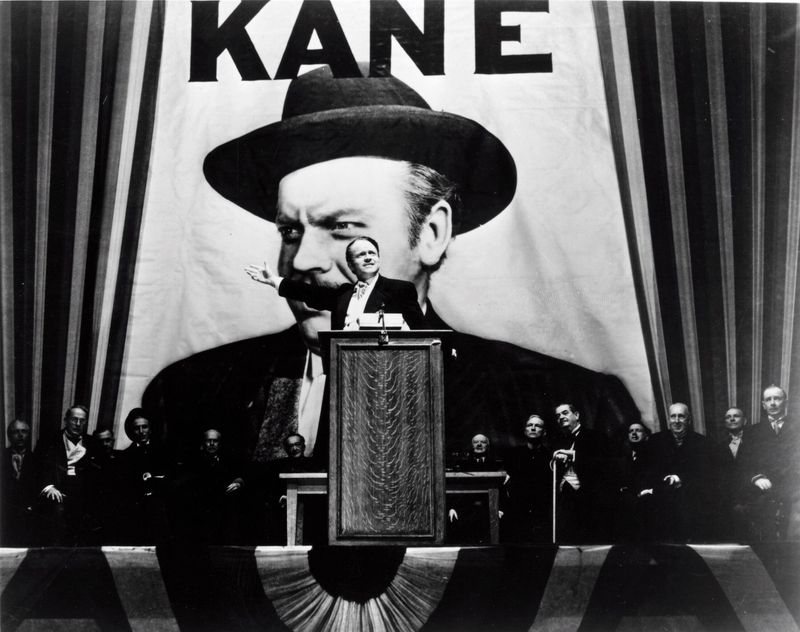
Hailed today as a cinematic masterpiece, Citizen Kane was actually a box office disappointment. Its complex storytelling and bold criticism of media moguls rubbed the wrong people the wrong way.
Yet film scholars couldn’t ignore its innovation. As time went on, critics re-evaluated Orson Welles’ work, recognizing its groundbreaking cinematography and narrative structure.
Now it’s frequently crowned “the greatest film ever made.” Not bad for a movie that audiences mostly ignored the first time around.
19. Edge of Tomorrow (2014)
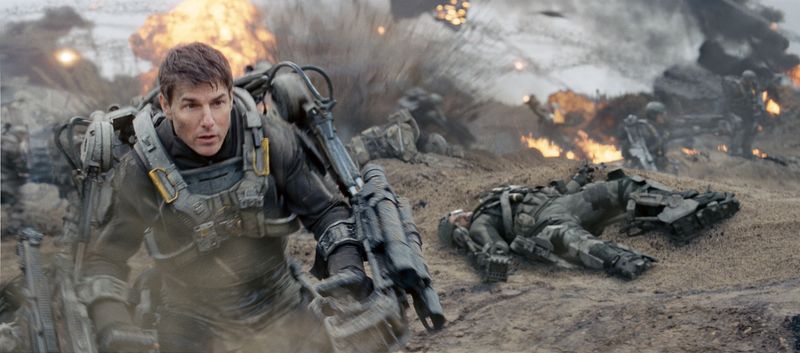
Despite Tom Cruise and Emily Blunt’s star power, Edge of Tomorrow had an identity crisis. Poor marketing and a confusing title left audiences unsure of what to expect, and the film underperformed.
But word of mouth spread fast. Fans who saw it praised its sharp humor, incredible action, and clever time-loop concept. Once it hit streaming, it found a massive following.
Now it’s widely regarded as one of the best modern sci-fi films—and yes, we’re still hoping for that long-rumored sequel.
20. The Princess Bride (1987)

This fairy-tale adventure struggled to find its audience when it first came out. Was it a romance? A comedy? A fantasy? The marketing didn’t seem to know, and ticket sales reflected that confusion.
But once viewers discovered it on home video, they couldn’t get enough of its charm, wit, and endlessly quotable dialogue. “As you wish” became one of the most romantic lines in movie history.
Today, The Princess Bride is a cultural gem—a movie that reminds us that even the most overlooked stories can become truly legendary.

Comments
Loading…